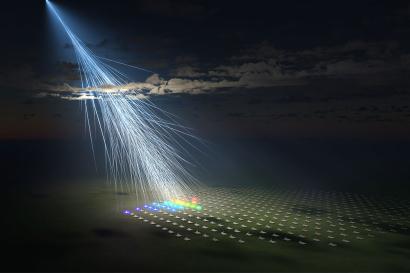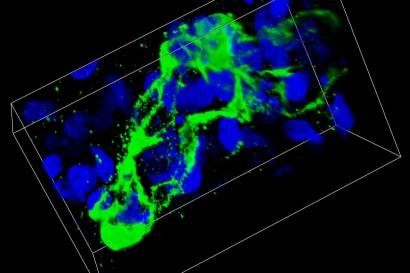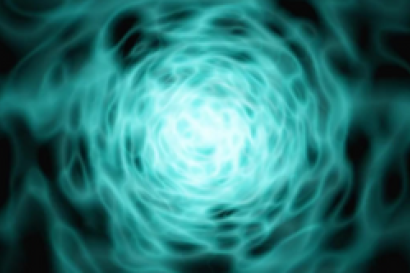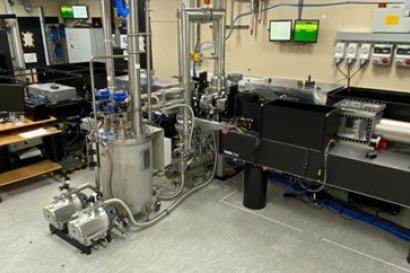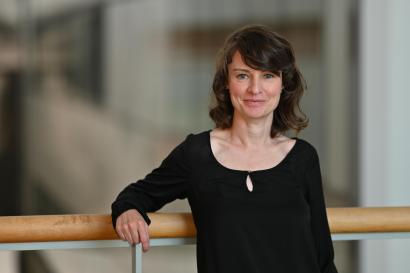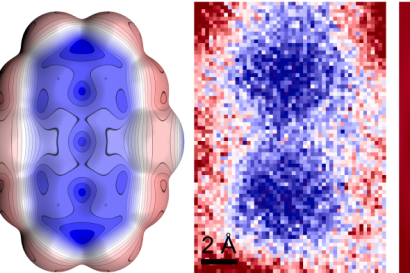The Telescope Array Collaboration Detects an extreme-energy Cosmic Particle Named 'Amaterasu'
In a ground-breaking discovery, the Telescope Array Collaboration has detected an extremely energetic particle, named "Amaterasu" after the Japanese celestial sun goddess. This cosmic rays event surpasses the energy achieved by artificial particle accelerators by more than a million times. The origins of such high-energy particle remain mysterious, as tracing back the arrival direction does not reveal an obvious source, for example a galaxy.
